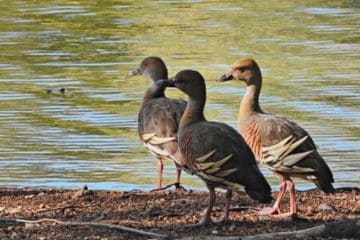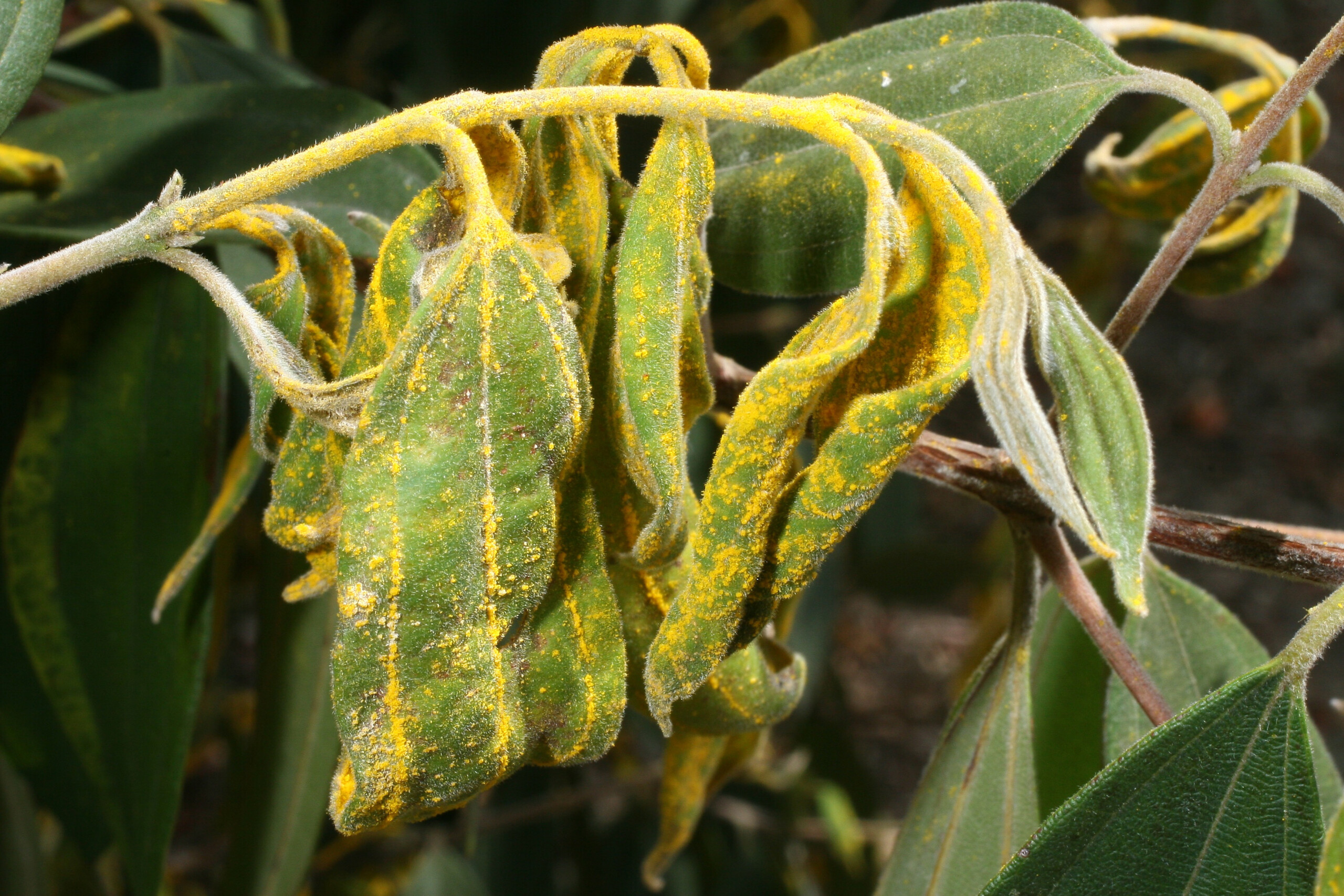Recognise symptoms: Be alert for the following signs of avian influenza infection in wild birds:– Small groups or clusters (5 or more) of sick or dead wild birds of any species.
– Individual or fewer than 5 sick or dead seabirds, waterbirds, shorebirds, or birds of prey (e.g. eagles, hawks).
– Symptoms such as lack of coordination, tremors, unusual posture, inability to stand or fly, diarrhoea, difficulty breathing, coughing or sneezing, swelling around the head, neck, and eyes, and cloudiness or change in colour of the eyes.










